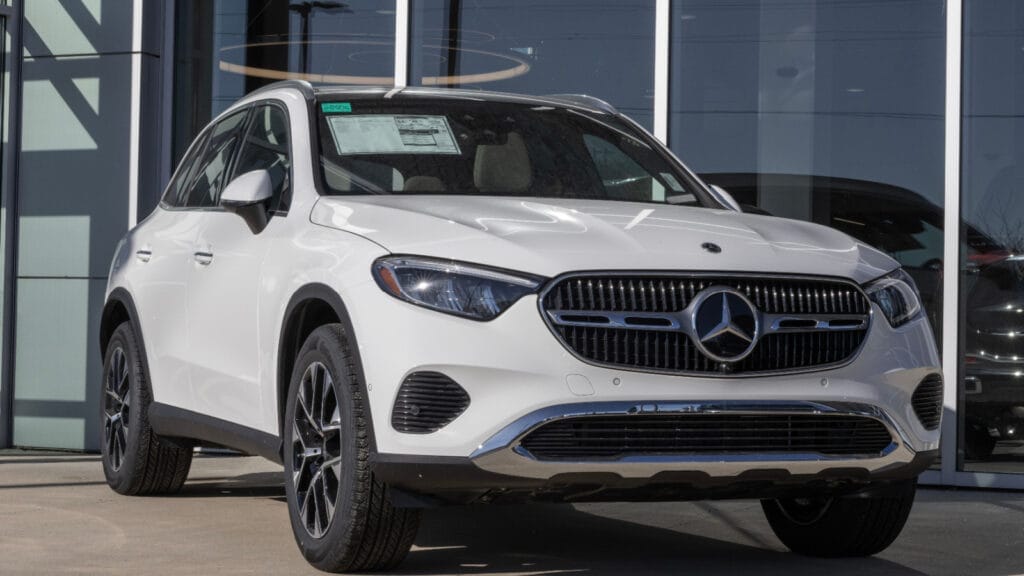Hybrid vehicles are marketed as fuel-saving heroes, but for many Canadians, they’re anything but. When added purchase premiums, higher insurance, expensive battery replacements, and disappointing real-world fuel economy erode savings, hybrids quickly lose their appeal. Here are 20 hybrids that aren’t saving Canadians any money:
Ford F‑150 Hybrid
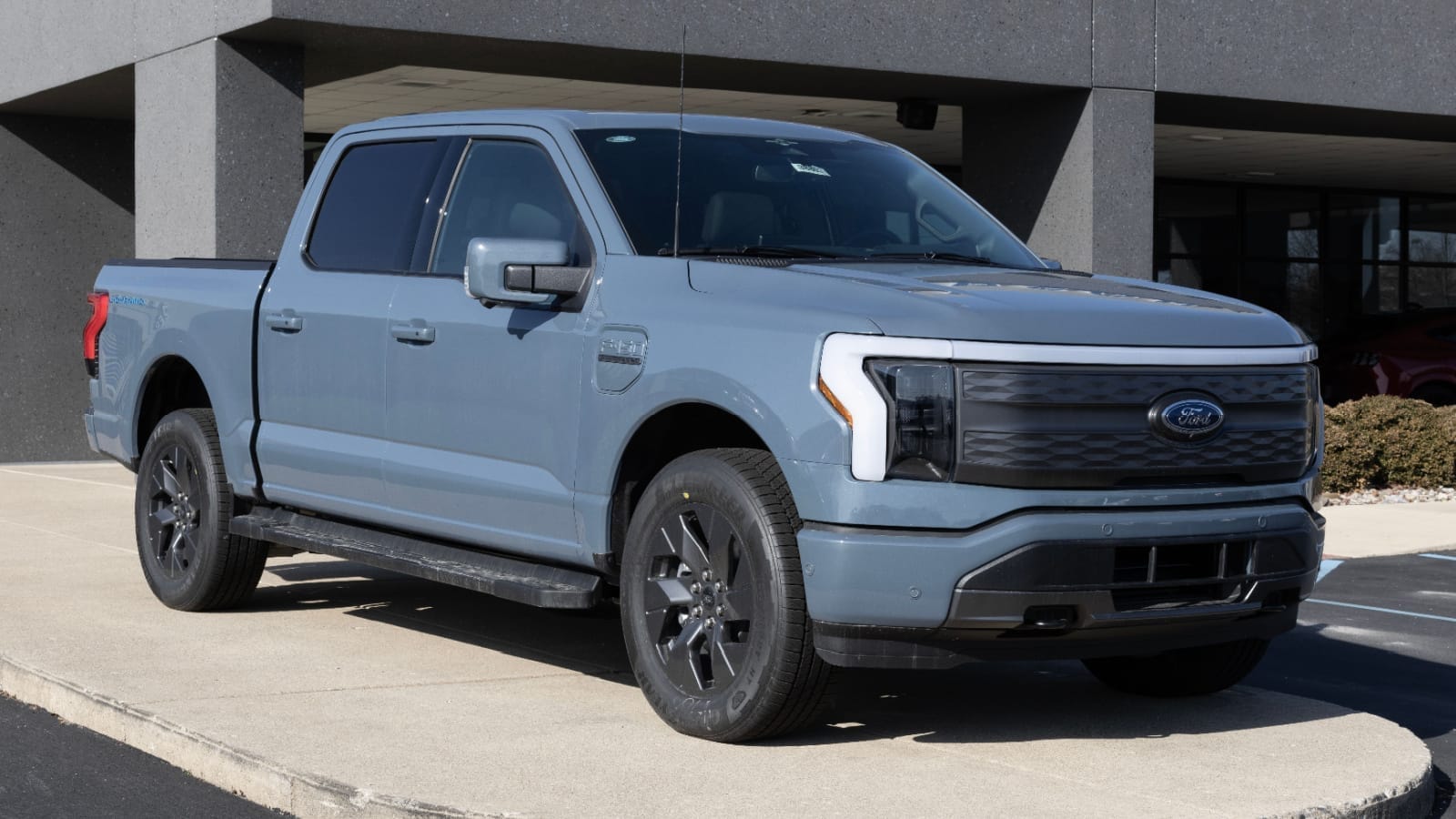
The F‑150 PowerBoost Hybrid looks promising, but Canadian analysts report real-world fuel economy barely beats its gas-only counterpart of around 20 mpg versus nearly identical non-hybrid performance. Considering the roughly C$4,500 higher sticker price and higher insurance, it could take over 25 years of driving to break even, assuming parts and labor don’t rise. In Canadian conditions, especially winter with cold starts, the hybrid system delivers negligible mileage gains. For most buyers, the premium isn’t offset by fuel savings, making it one of the least cost-effective hybrids available.
Kia Sorento Hybrid
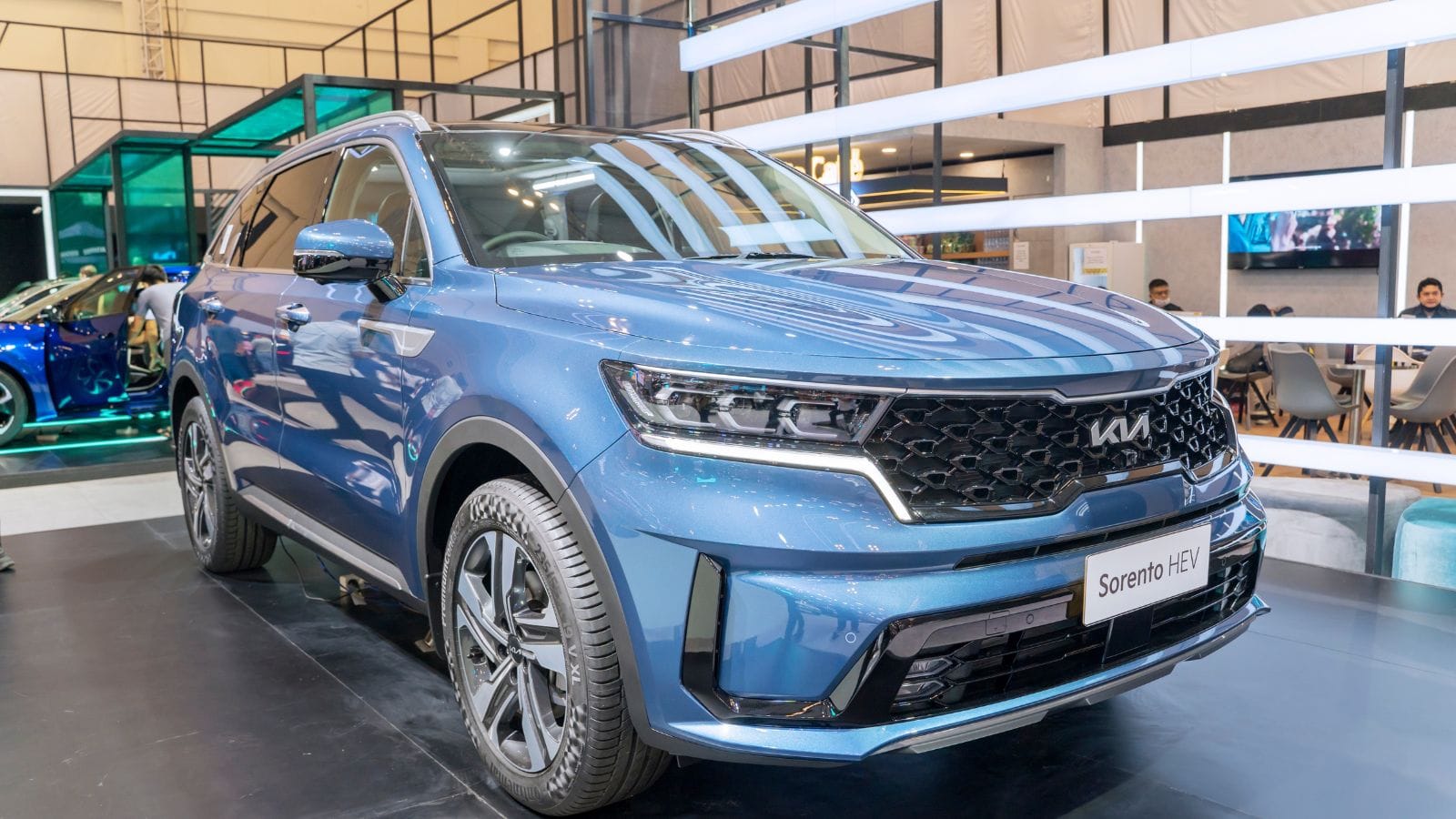
Kia’s Sorento Hybrid promises efficiency, but Consumer Reports and ownership data confirm only modest MPG improvements of an estimated 28 mpg overall, just 3 mpg better than the gasoline Sorento. At a higher purchase price and increased insurance costs, cost recovery stretches over a decade. For Canadian buyers logging average provincial mileage, fuel savings rarely offset the up-front premium before parts and battery aging kick in. Despite its feature list and AWD, experts say this hybrid often doesn’t make financial sense, especially as maintenance costs creep higher in colder provinces.
Toyota RAV4 Hybrid
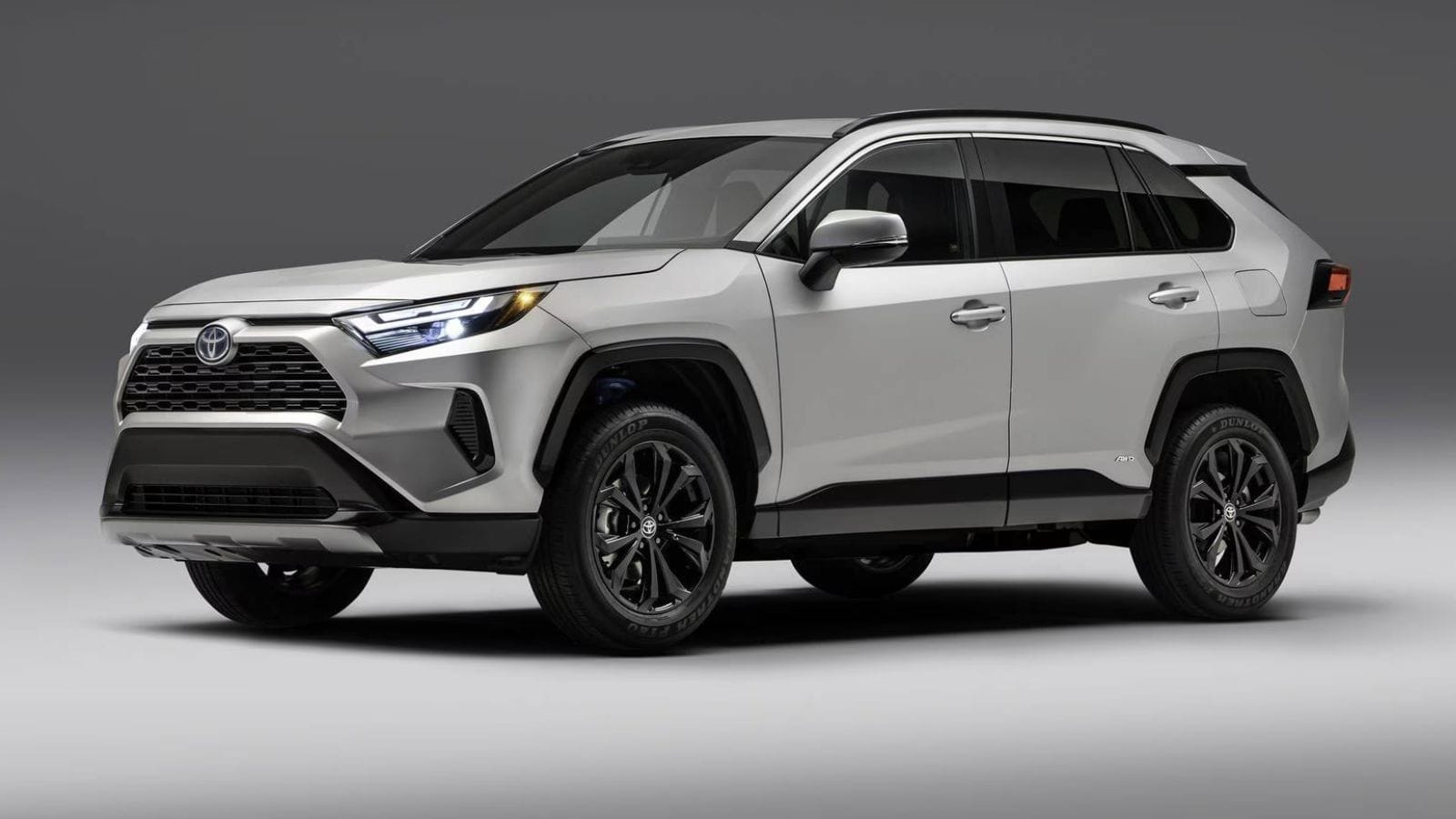
While Toyota hybrids often shine, the RAV4 Hybrid stands out as surprisingly slow to pay off. Owners and cost-breakdown analyses estimate a break-even point of nearly 8.7 years at typical annual mileage and fuel costs. The extra C$2,000-3,000 premium over the gas model doesn’t sufficiently offset mileage gains, especially across Canadian winters when reduced battery efficiency further narrows fuel savings. Many owners report near‑identical operating costs after factoring in insurance and maintenance, and while it may be efficient, it’s slow to deliver real return.
Ford C‑Max Hybrid

Despite ambitious EPA ratings in the mid-40s mpg, real-world testing revealed combined fuel economy closer to 37 mpg, which is about 20% below expectations. That gap, combined with a higher price tag and limited long-term reliability, means Canadians often don’t recoup the hybrid premium before the warranty expires. With aging battery packs and hard-to-find parts in Canada, repair costs can erode any modest savings, as experts caution buyers that they may drive economically, but not affordably, with this car.
Ford Fusion Hybrid

Though Consumer Reports previously ranked it as a top green car, real-world ownership revealed much lower fuel economy, averaging 39 mpg rather than the promised 47 mpg. Many Canadian owners saw economy closer to mid-30s mpg after a few years, especially once battery performance declined. The increased initial cost, coupled with declining battery support and fewer certified hybrid technicians in rural areas, means total savings seldom materialize. For drivers hoping to save time, the Fusion Hybrid frequently falls short of expectations.
Hyundai Mazda CX‑50 Hybrid

Despite sporty styling, the CX‑50 Hybrid disappoints in fuel economy, estimated at 39 mpg city, 37 mpg highway, which is only modestly better than its gas-only sibling. Consumer and reliability analysts give it a low score, while maintenance costs are high relative to modest mileage gains. The CVT dampens driving enjoyment, and the premium purchase price takes too long to recover at the pump. In Canada, where winters reduce hybrid effectiveness, this model barely saves anything compared to conventional variations.
Mercedes-Benz GLC 350e Hybrid
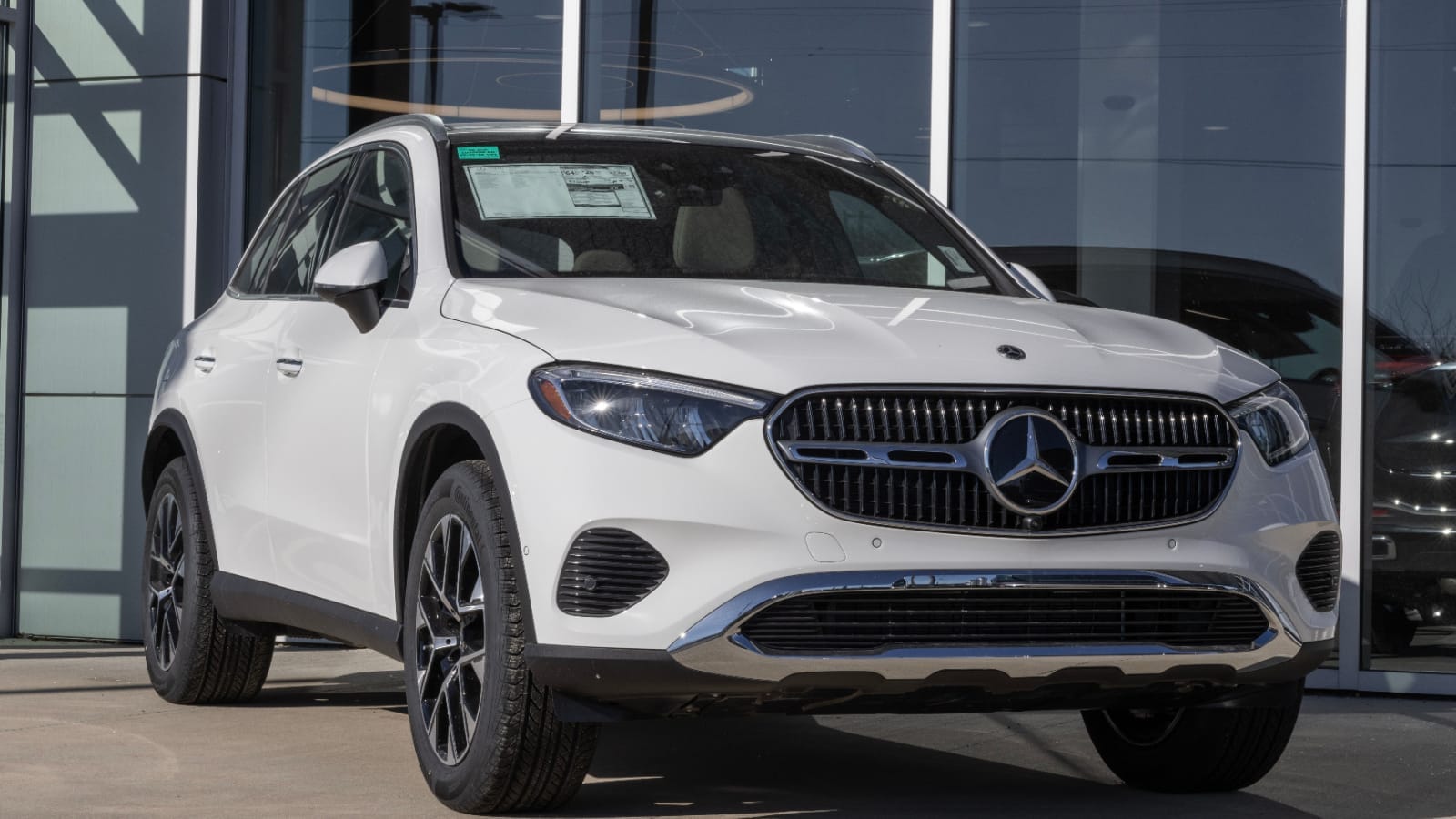
Luxury comes at a cost with the GLC 350e Hybrid, as repair experts estimate maintenance and repair bills around US$1,000/year. Combined with higher insurance and a slight gas‑savings advantage in city driving, few Canadian buyers reclaim the hefty hybrid premium. The sophistication of the powertrain, coupled with voltage-sensitive HVAC systems and premium parts, ensures long-term costs remain steep, and even for luxury hybrid buyers, experts question whether fuel savings justify the complex servicing burden.
Audi Q5 Hybrid
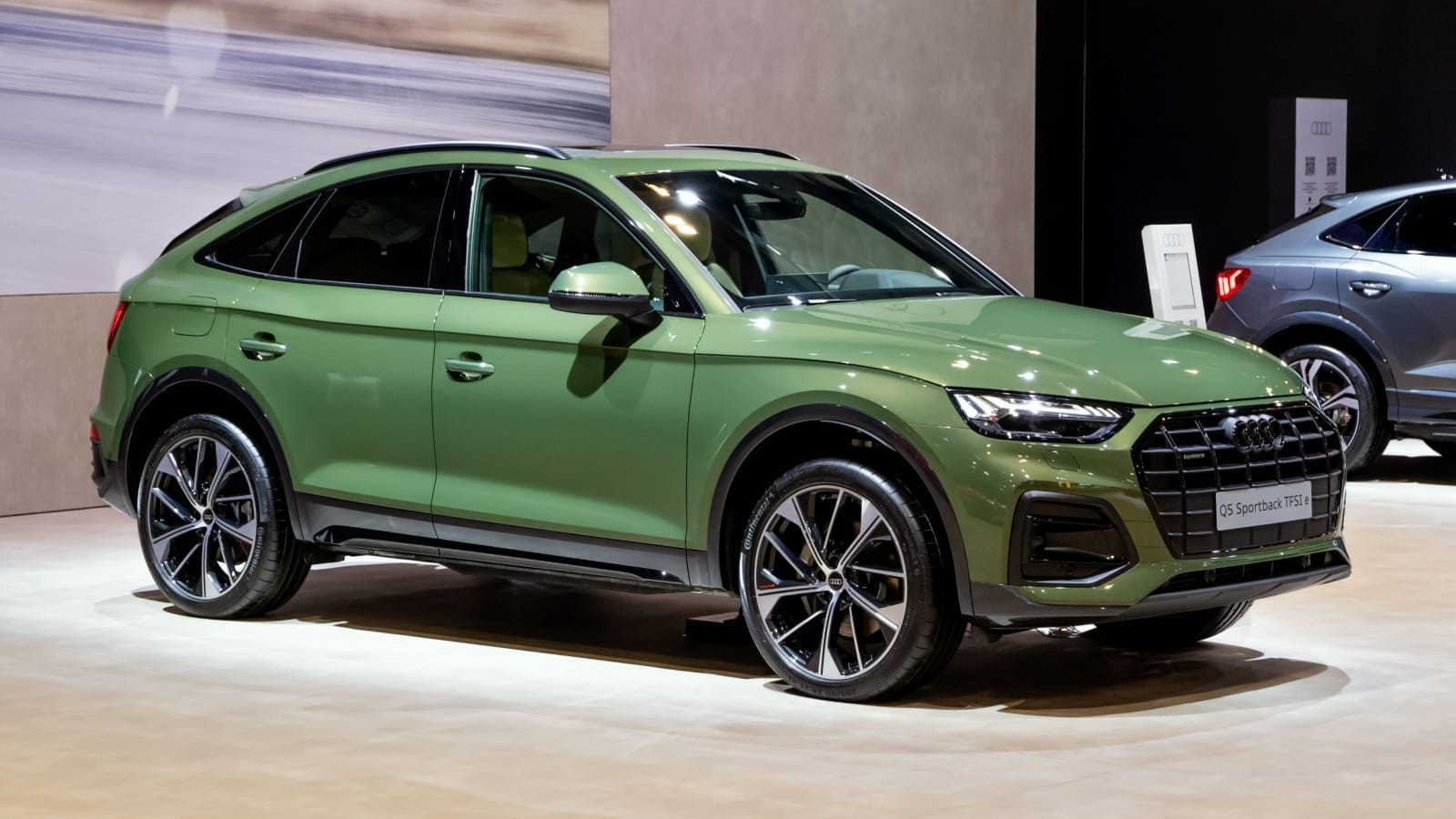
Similar to the GLC, the Q5 Hybrid incurs approximately US$1,000 in annual maintenance and repair costs. Additionally, with premium parts, European diagnostics, and limited service networks in Canada, owners often face expensive outages. Drive cycles in Canadian cities barely generate the electric usage claimed, and fuel economy gains over the non-hybrid Q5 are minimal. When the initial price premium, insurance, and upkeep are factored in, total ownership cost often exceeds gas-only versions, and savings rarely materialize.
Volvo XC90 Recharge

This plug-in hybrid SUV costs an estimated US$850–900/year in service and repairs, and while it is luxe and safe, the hybrid system doesn’t significantly reduce fuel bills unless owners consistently charge and drive short trips. In Canadian winters, limited cold-weather EV performance and higher insurance premiums negate many advantages. For families expecting serious payback, actual savings fall short, unless you are committed to near-daily charging and local driving.
Jeep Grand Cherokee 4xe
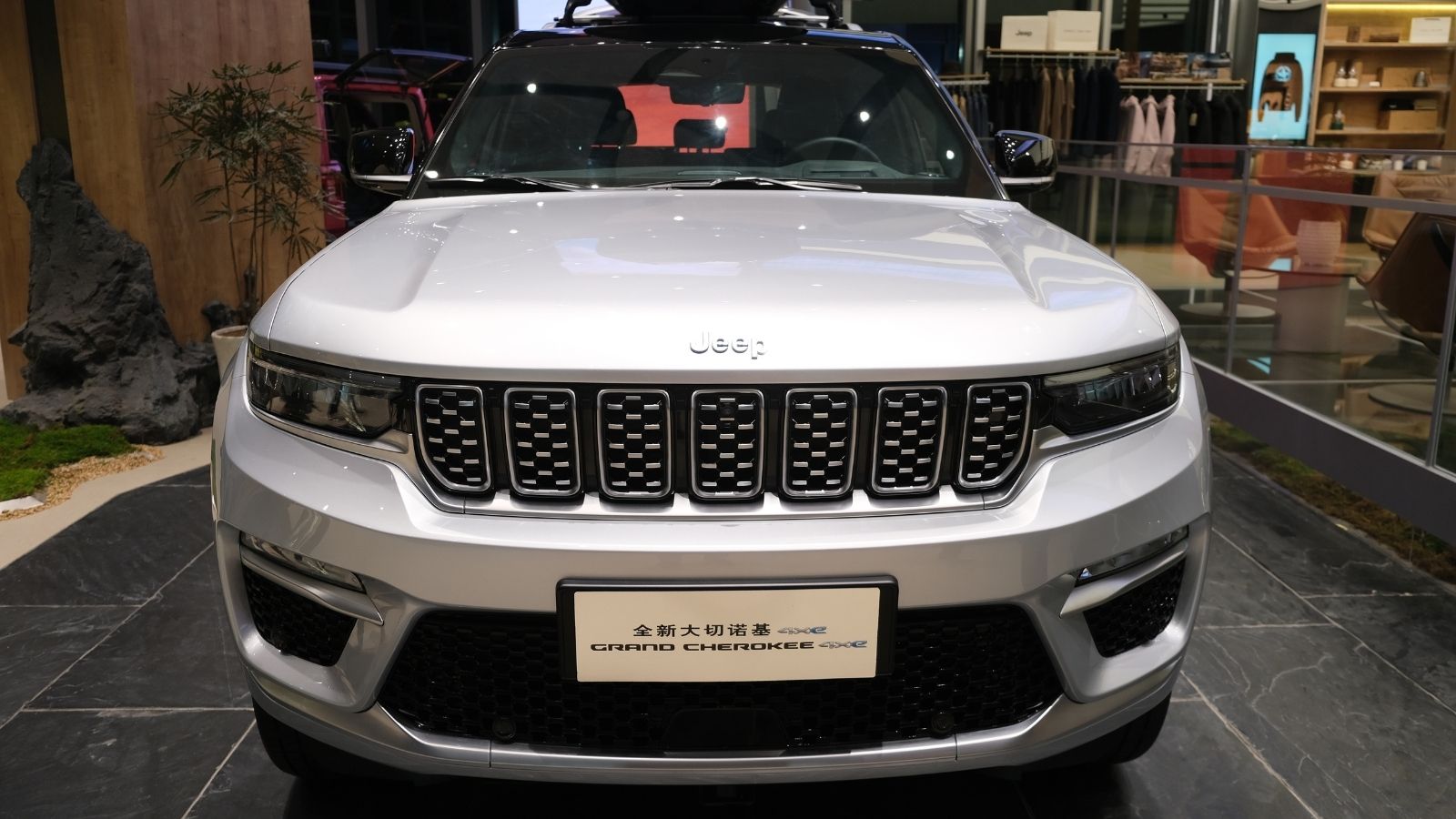
Though its AWD hybrid plug-in setup promises efficiency, expected annual service costs bump near US$666. Owners report that unless they frequently charge and drive city routes, fuel savings don’t offset the higher purchase price or maintenance, as the plug-in battery requires occasional replacement and adds complexity to AWD components. In Canada, where long drives and cold start inefficiency reduce electric-only range, many end up using it like a gas model, without savings.
Toyota Prius Prime
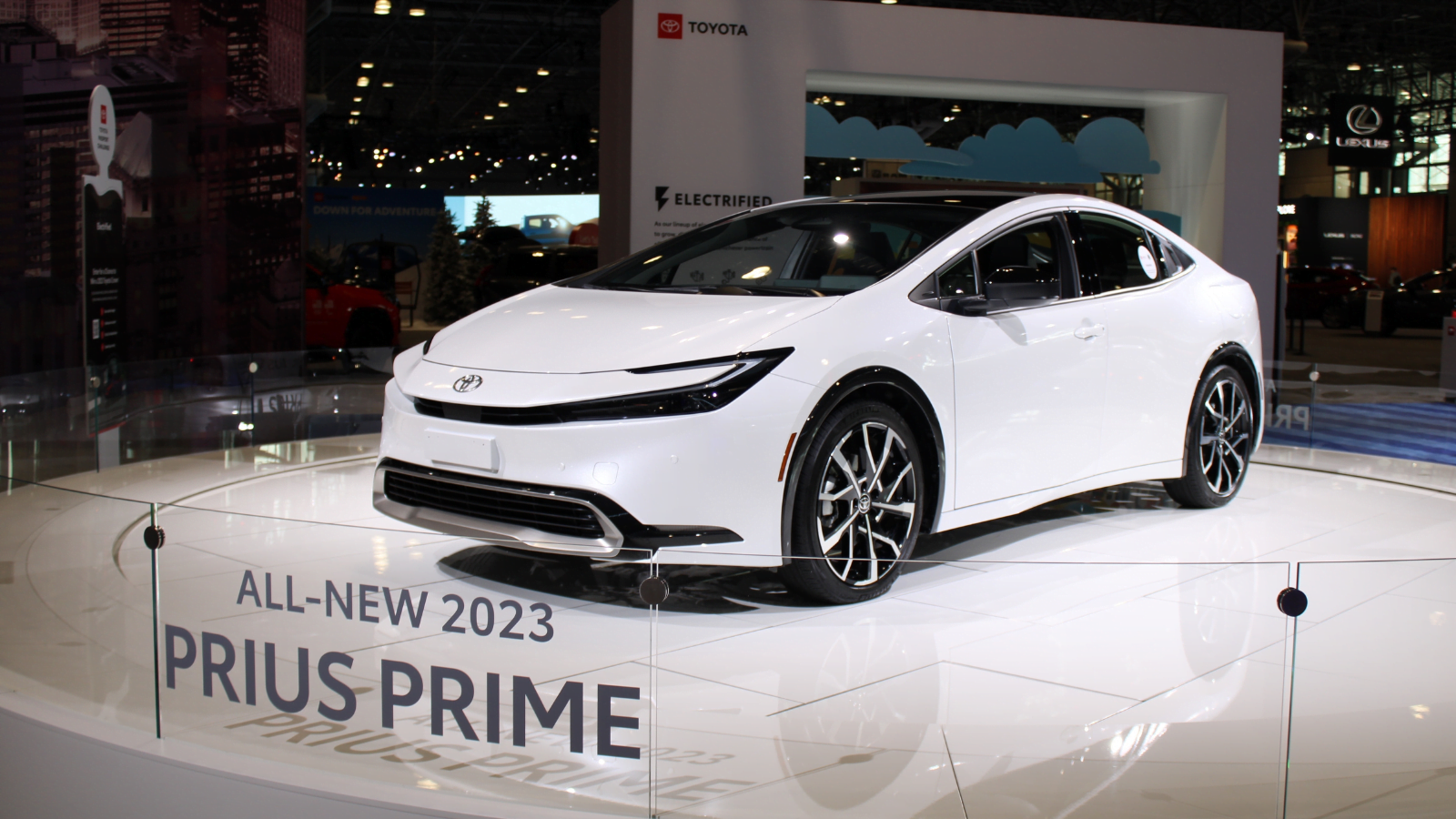
While the Prius has long been the poster child for fuel efficiency, the plug-in Prius Prime often underwhelms Canadian owners. Unless you’re diligent about charging every day and driving under 40 km daily, its gas usage closely mirrors the standard Prius, without justifying the extra $3,000-$4,000 premium. Battery range suffers in winter, and public chargers remain sparse outside major cities. Add in higher insurance costs and a more complex powertrain to service, and the long-term economics start to crumble.
BMW X5 xDrive45e
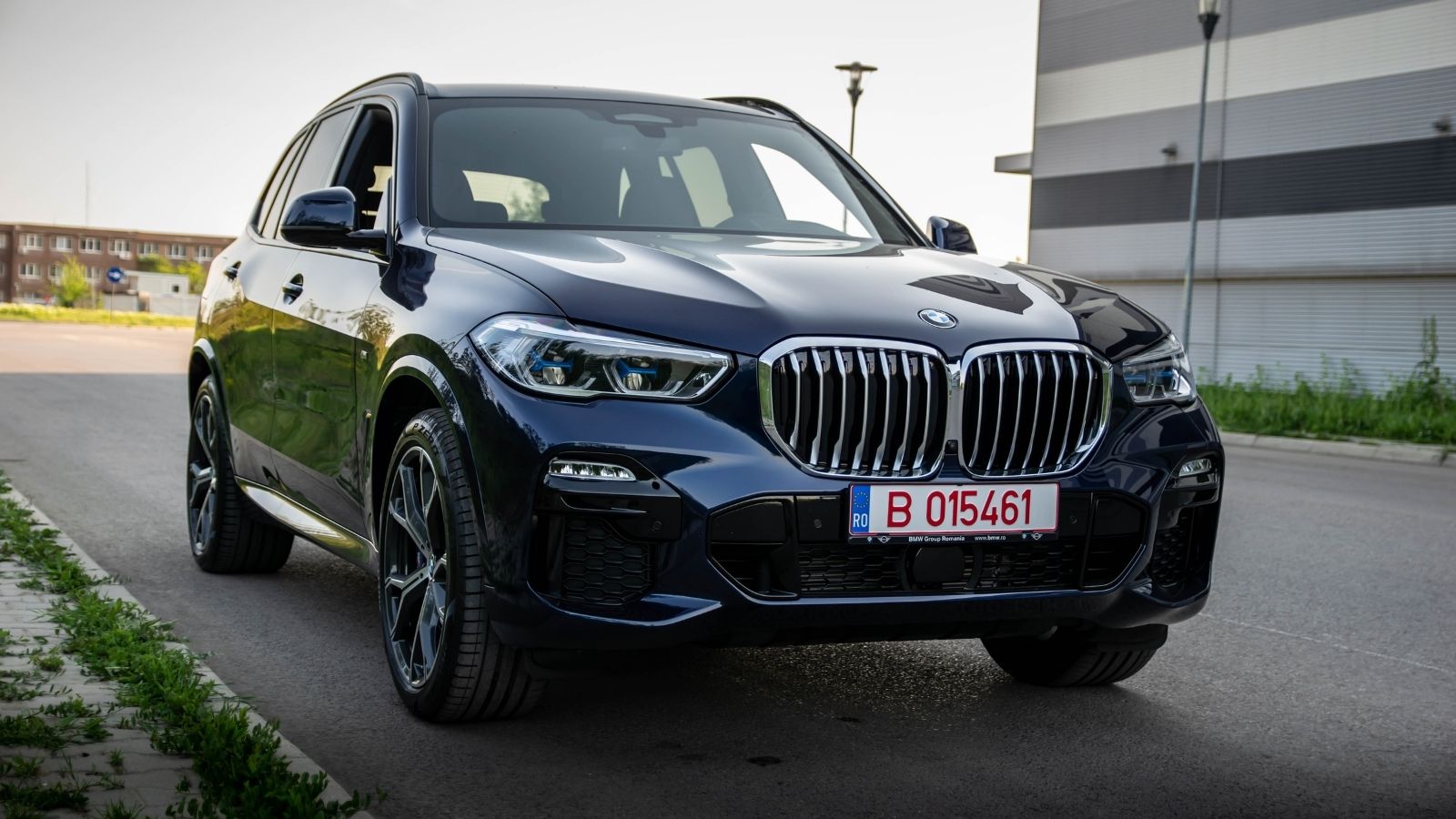
The X5 plug-in hybrid impresses with power and prestige, but few owners see meaningful savings in fuel. Maintenance runs high at around $1,000 annually, service availability is limited to premium shops, and unless the electric range is fully used daily, it defaults to a thirsty six-cylinder engine that guzzles premium fuel. Factor in Canadian winters that limit battery efficiency and a high MSRP, and the “eco” benefit becomes cosmetic primarily. Drivers seeking a luxury SUV with green credentials often end up with big bills and modest mileage improvements that don’t justify the investment.
Honda Accord Hybrid

The Accord Hybrid boasts substantial fuel economy numbers of up to 48 mpg, but many Canadian drivers report real-world numbers dipping below 40 mpg, especially in colder months. That gap, combined with the $3,000-$4,000 premium over the gas Accord, makes recouping the cost difficult. Insurance for hybrids can be higher, and battery replacement isn’t cheap if kept long-term, and for buyers clocking average annual kilometers, the hybrid’s benefits may never fully balance out. It’s reliable, but not the money-saving miracle some expect when compared to the base model with proven efficiency and lower costs.
Hyundai Tucson Hybrid

The Tucson Hybrid feels like a win with its stylish design and mid-30s fuel economy, but actual savings are hard to find. The hybrid powertrain adds $2,500+ to the base price, while insurance quotes trend higher in Canada due to limited parts and technician availability. Owners in colder provinces also report lower battery performance, resulting in gas usage closer to that of non-hybrids. Once you factor in repair costs for the dual-motor system and its lower resale value compared to Toyota rivals, the financial case becomes murky at best.
Lincoln Corsair Grand Touring PHEV
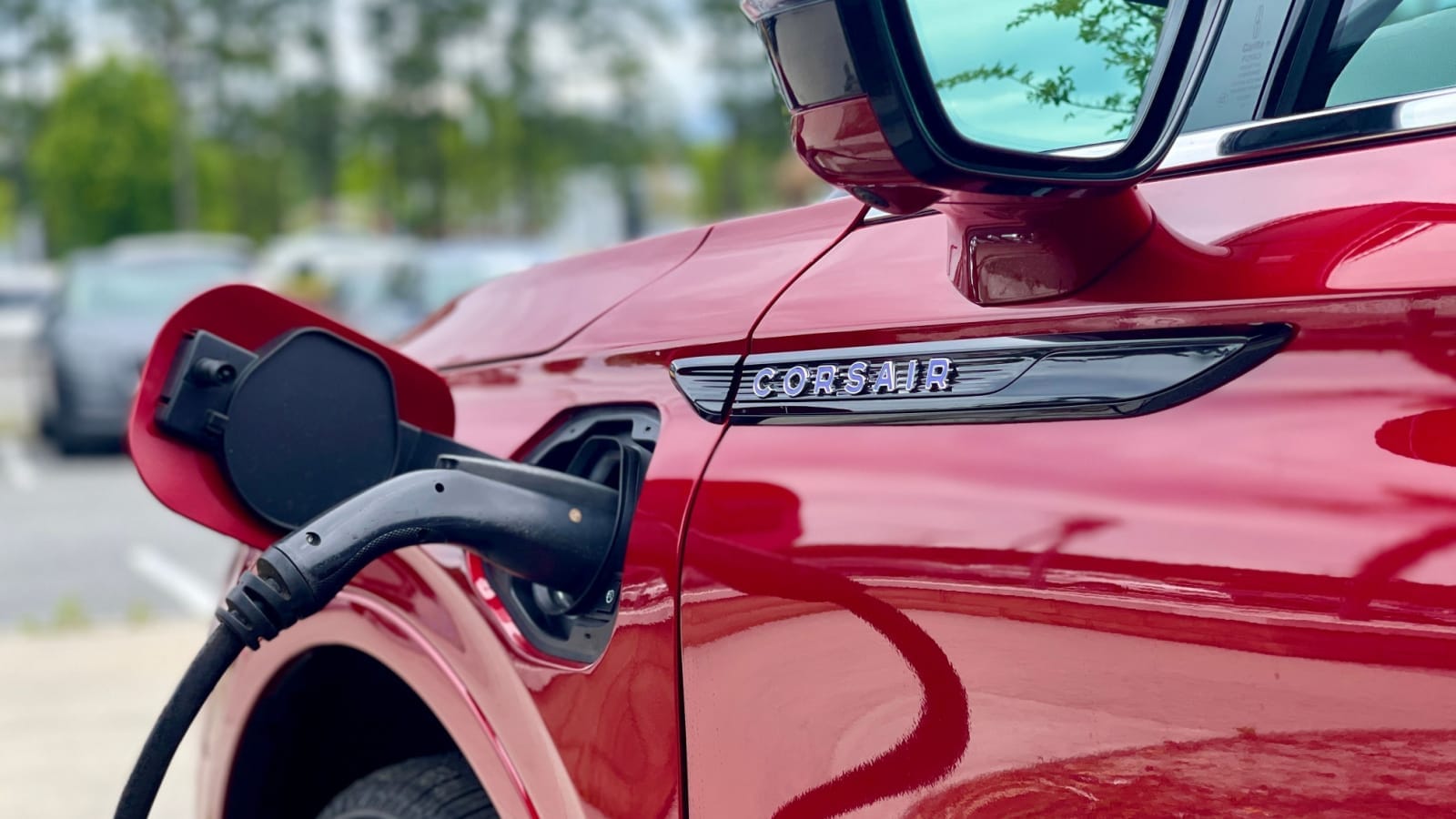
Marketed as a luxury plug-in hybrid, the Corsair Grand Touring struggles to balance cost with efficiency. With an electric-only range of around 28 km in real-world conditions, most Canadian drivers rely on the gas engine more often than intended. Premium maintenance, high battery replacement costs, and limited EV infrastructure in suburban areas further diminish its value. Many owners report that unless plugged in every night, fuel savings are negligible, and at over $55,000, the Corsair’s hybrid system feels like an expensive badge rather than a reliable long-term cost-saving investment.
Subaru Crosstrek Hybrid
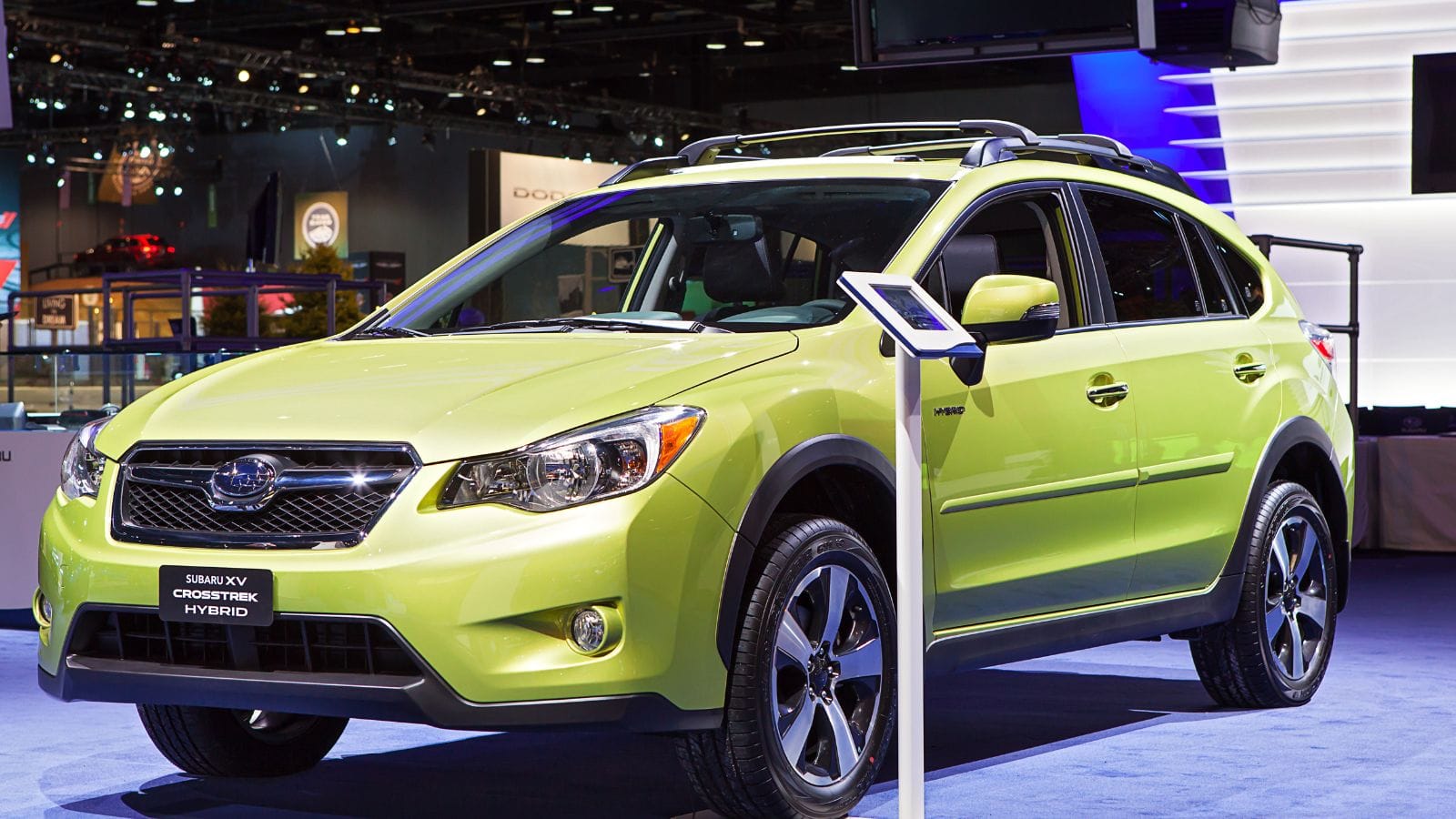
The Crosstrek Hybrid has limited availability in Canada, and those who manage to get one often find it underwhelming. The plug-in range is barely 27 km, decreasing further in winter, which necessitates frequent refueling. Priced nearly $6,000 higher than its gas sibling, the model struggles to offer a convincing return on investment. With Subaru’s AWD system already providing respectable economy, the hybrid’s advantage feels minimal. Add battery maintenance costs and a complex drivetrain that can be expensive to repair outside major metro areas, and the Crosstrek Hybrid quickly loses its luster for budget-conscious Canadians.
Chrysler Pacifica Hybrid
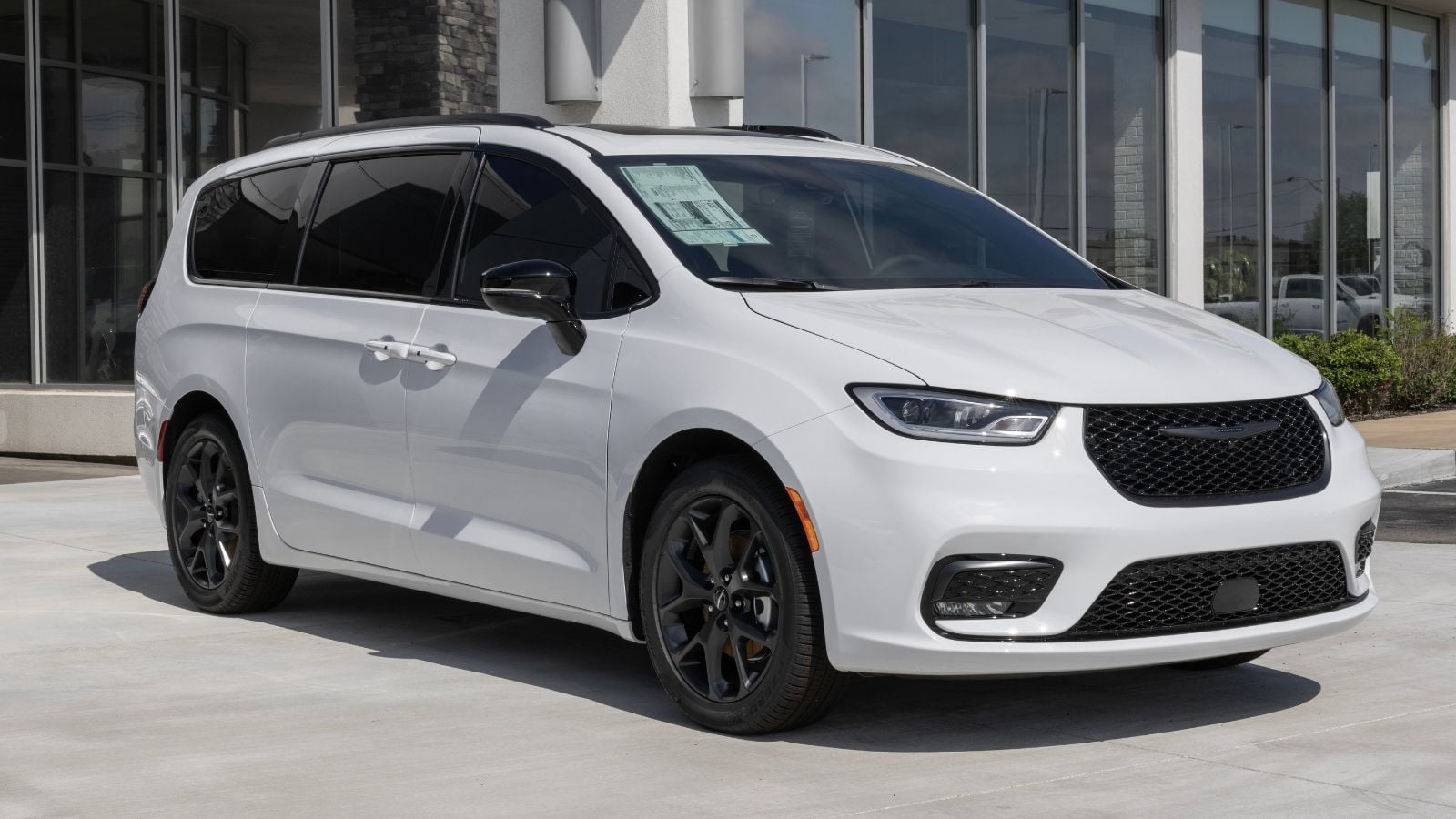
For families hoping to save at the pump, the Pacifica Hybrid presents a conundrum. It has an all-electric range of about 50 km in ideal conditions, which plummets in cold Canadian weather. If not charged religiously, it defaults to a large V6 engine that guzzles gas; it is also one of the most expensive minivans on the market, and parts for the hybrid system are limited outside urban dealerships. Add in a reported $900+ yearly maintenance average and middling reliability scores, and this people-mover often costs more than it saves.
Lexus NX 350h
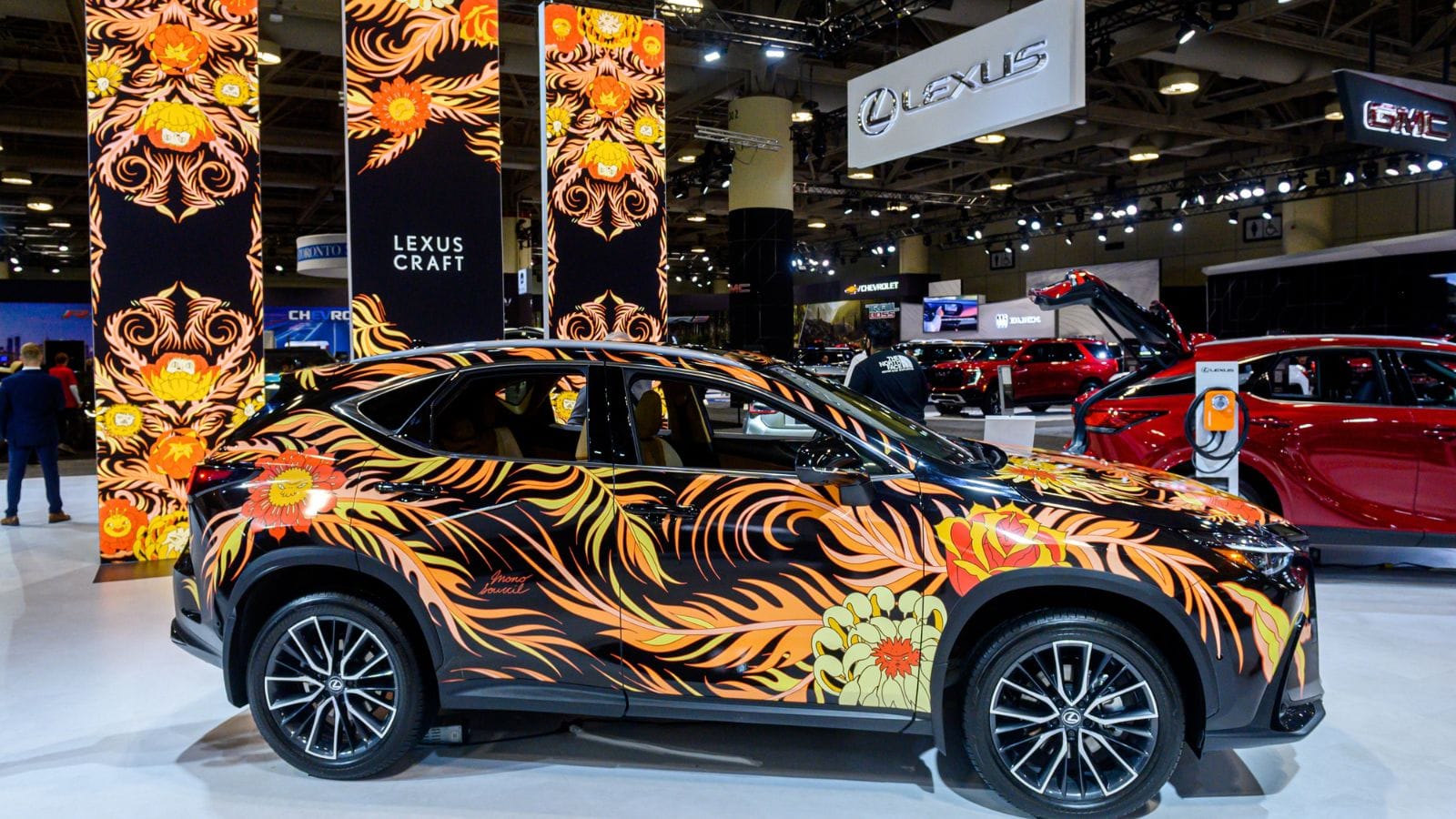
Lexus is known for reliability, but the NX 350h struggles to provide tangible hybrid savings in the Canadian market. Real-world mileage only marginally improves over the gas model, and winter performance cuts into efficiency significantly. It costs roughly $3,000 more than its non-hybrid counterpart and comes with a luxury-brand insurance bump. While it delivers a quiet ride and premium feel, analysts say fuel savings are too modest to justify the price differential. For drivers seeking long-term savings, the NX hybrid requires too much up-front investment to make real sense.
Mitsubishi Outlander PHEV
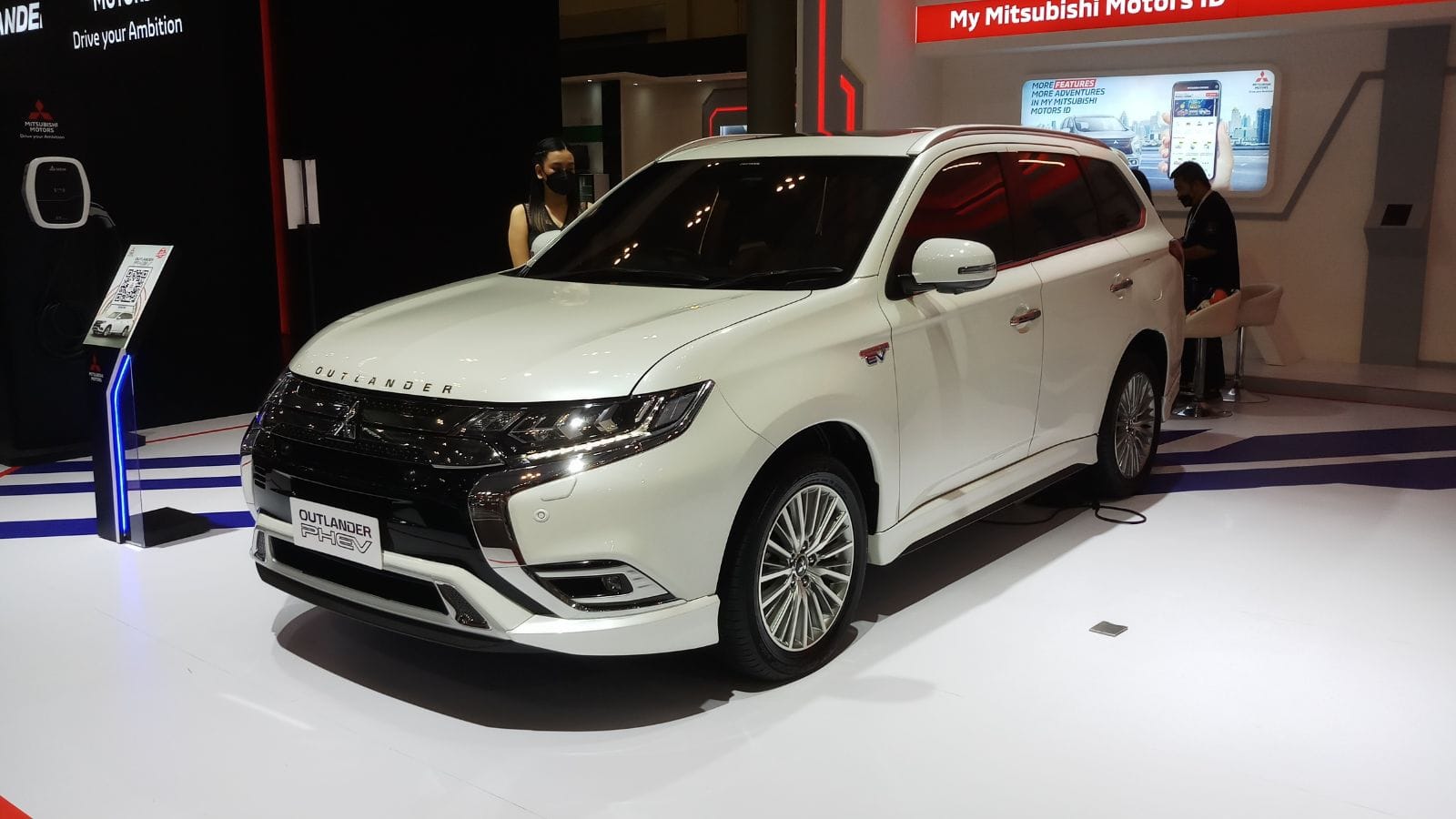
The Outlander PHEV was once Canada’s top-selling plug-in, but rising costs and stiff competition have eroded its value. While it promises up to 39 km of electric range, cold temperatures often cut that in half, and many Canadian families end up relying on the gas engine for school runs and errands, minimizing any fuel advantage. The hybrid system is also complex to service, and parts can be slow to arrive, especially in rural areas. Ownership data shows high depreciation and expensive post-warranty maintenance. Today, it is often seen as a transitional tech, not a long-term money-saver.
Toyota Sienna Hybrid
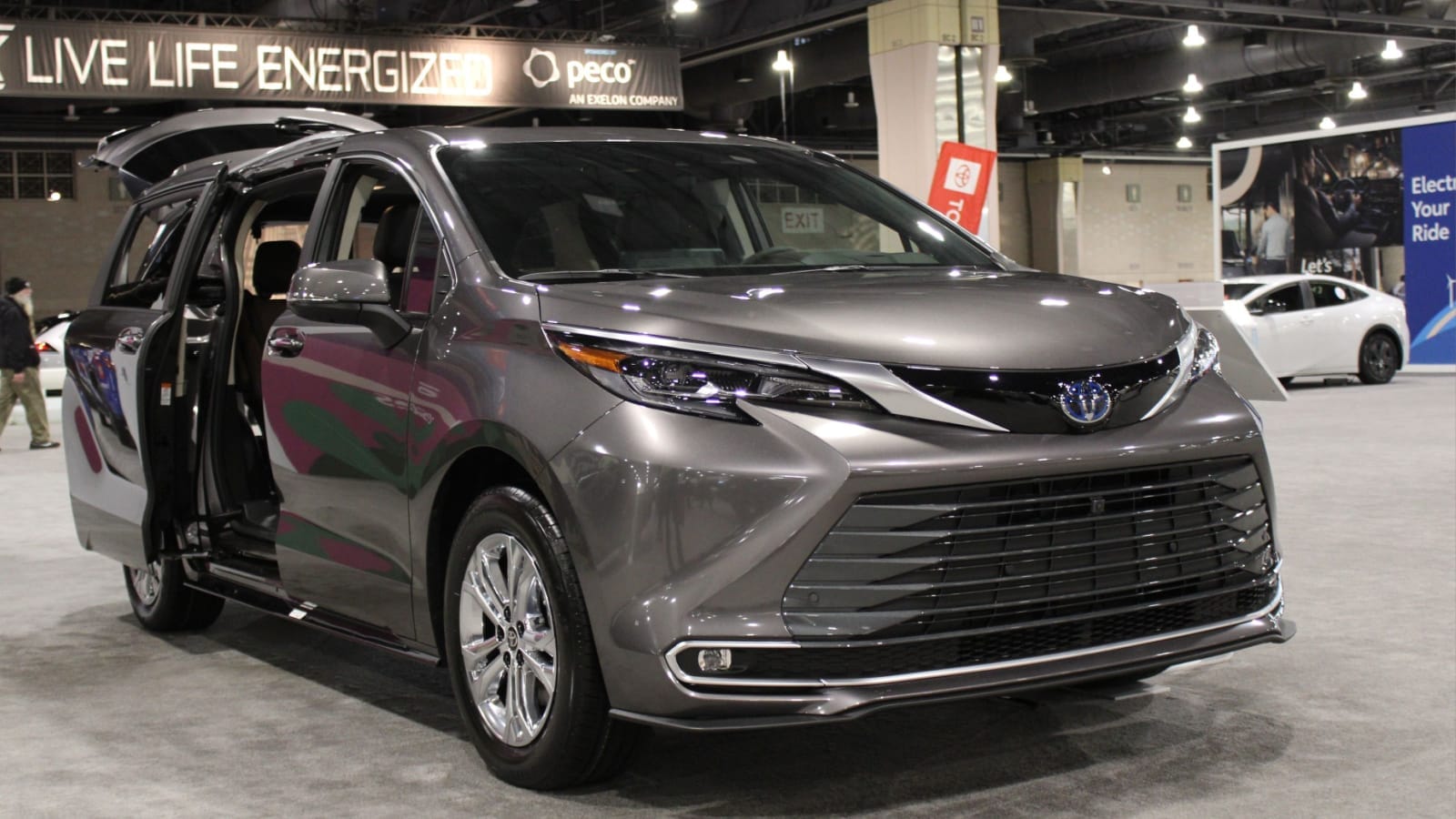
Toyota made the Sienna exclusively hybrid starting in 2021, but not all buyers are thrilled. Its combined 36 mpg rating is solid, yet its real-world city mileage can drop to the upper 20s in colder provinces. Because there’s no gas-only alternative, families looking for lower maintenance and simpler powertrains have few options. The hybrid system, while reliable, doesn’t justify the higher starting price for those who don’t drive frequently or long distances. For Canadian drivers who use their Sienna primarily for short urban commutes, it takes many years for fuel savings to offset the premium.
